The following intervention with NeuronUP proposes a series of activities aimed at a specific case of an older adult diagnosed with Alzheimer-type dementia. This dementia is the most common and is characterized as primary, degenerative, and with cortical involvement1.
In the early stages, users who present cognitive impairment, and specifically in the cognitive process of attention, are affected as follows2:
- Impairment in the functioning of selective attention (the ability to direct attention to a relevant stimulus and inhibit other irrelevant ones),
- Alterations in divided attention (the ability to attend to two or more relevant stimuli at the same time).
- In moderate and severe states, alterations in sustained attention (the ability to maintain the focus of attention for a prolonged time) are observed.
The intervention will be carried out with the web platform NeuronUP3, which pursues neuropsychological rehabilitation and focuses on the affected functional cognitive deficits. Different activities can be used to stimulate the cognitive functions we want, in this case attention. For the intervention of an older adult diagnosed with Alzheimer-type dementia two paper activities and one with the tablet will be used in this case, although a computer could also be used. Exercises will be adapted to the user’s cognitive status.
Through the Framework of the American Occupational Therapy Association4, an assessment of the affected performance skills will be carried out: specifically the cognitive skills. After evaluating each of them, an intervention focused on attention is proposed, with the objective of promoting adequate performance in ADLs and IADLs and improving their quality of life.
Objective of the intervention for an older adult diagnosed with Alzheimer-type dementia
The general objective for the intervention of an older adult diagnosed with Alzheimer-type dementia , therefore, will be to maintain attention and prevent deterioration of this cognitive function through activities that are meaningful to the user.
Activities for the NeuronUP intervention for an older adult diagnosed with Alzheimer-type dementia
Word Search
In this activity different words hidden among a set of words will be searched for inside a Word Search. It will be done in a personalized way, and for this reason the hidden words will be related to aspects of their daily life.
In this case the names of their closest family members will be placed. As it can be graded, it will start with a number of 10 rows and 10 columns and will subsequently increase to raise complexity. The number of words can also vary, but it will be a specific number of 7 words for all levels.
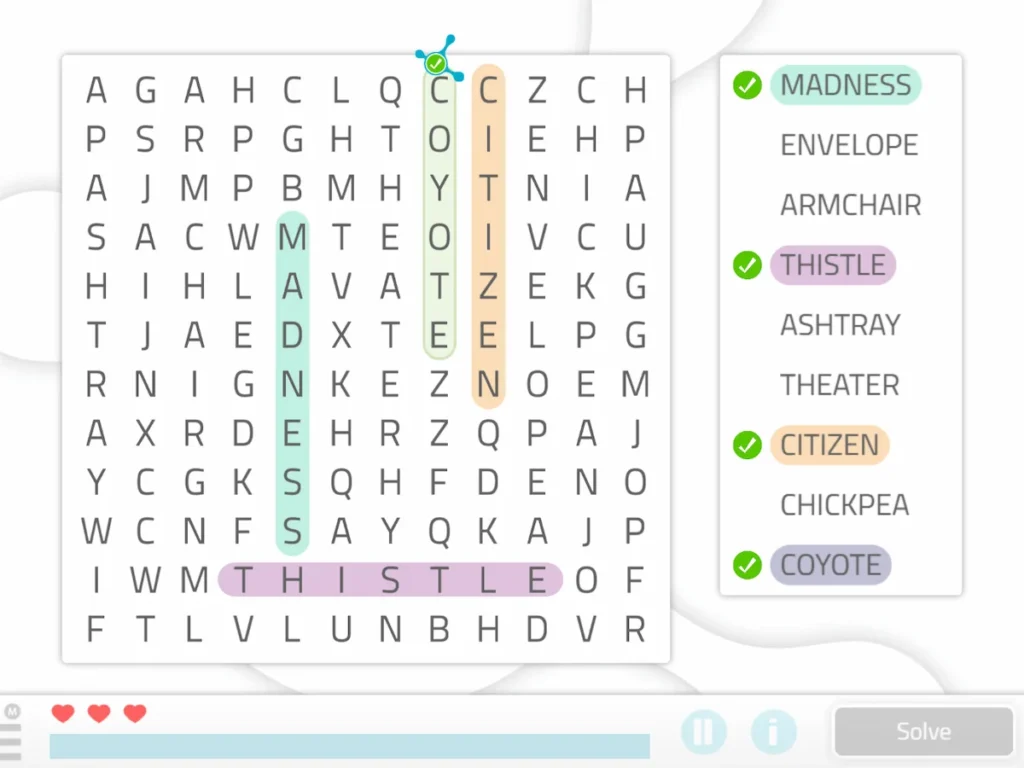
Copy the Letters
This activity consists of copying an incomplete grid by looking at a model grid that the platform provides. The letters in both grids have different colors so they are easily recognizable. Thus the letter “A” will always be light blue, and, for example, the letter “P” will be pale pink.
In this activity the grading provided by the program itself will be used in which a grid of six rows by six columns is presented, and where 20 letters in total have to be completed.
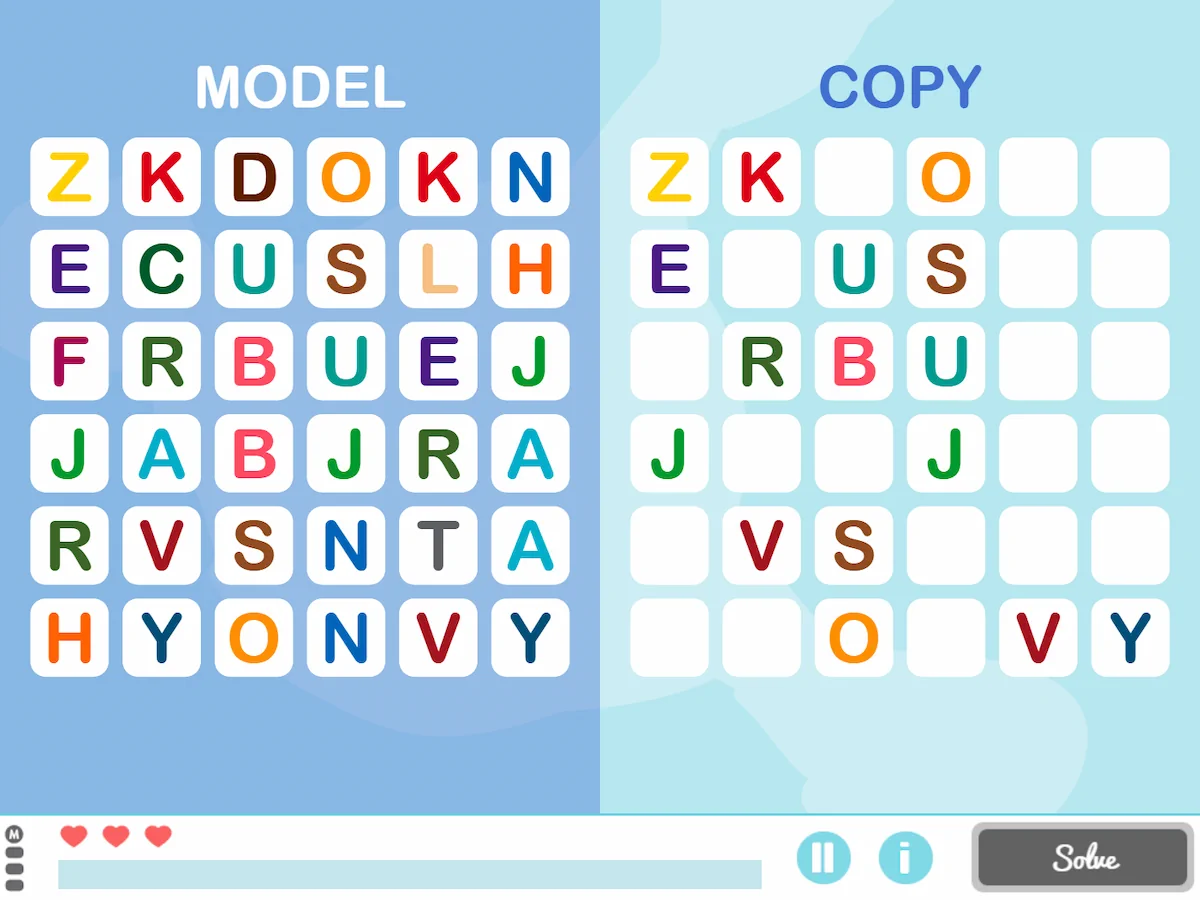
Fast Numbers
This is the only activity in which the tablet will be used. It consists of finding as quickly as possible the numbers that remain immobile among a set of numbers in constant motion. The activity consists of several levels subdivided into phases. To advance a level five phases must be passed. If more than three errors are made in the same phase, one will go back to the previous phase.
In the first phases a larger number of immobile numbers appear and in adjacent squares. In contrast, in the more advanced phases there are fewer immobile numbers and they are scattered in the grid, even reaching in the last level a single immobile number. It will start with the first level, and once the five phases are completed, the level will increase, so that we complete 10 minutes of activity.
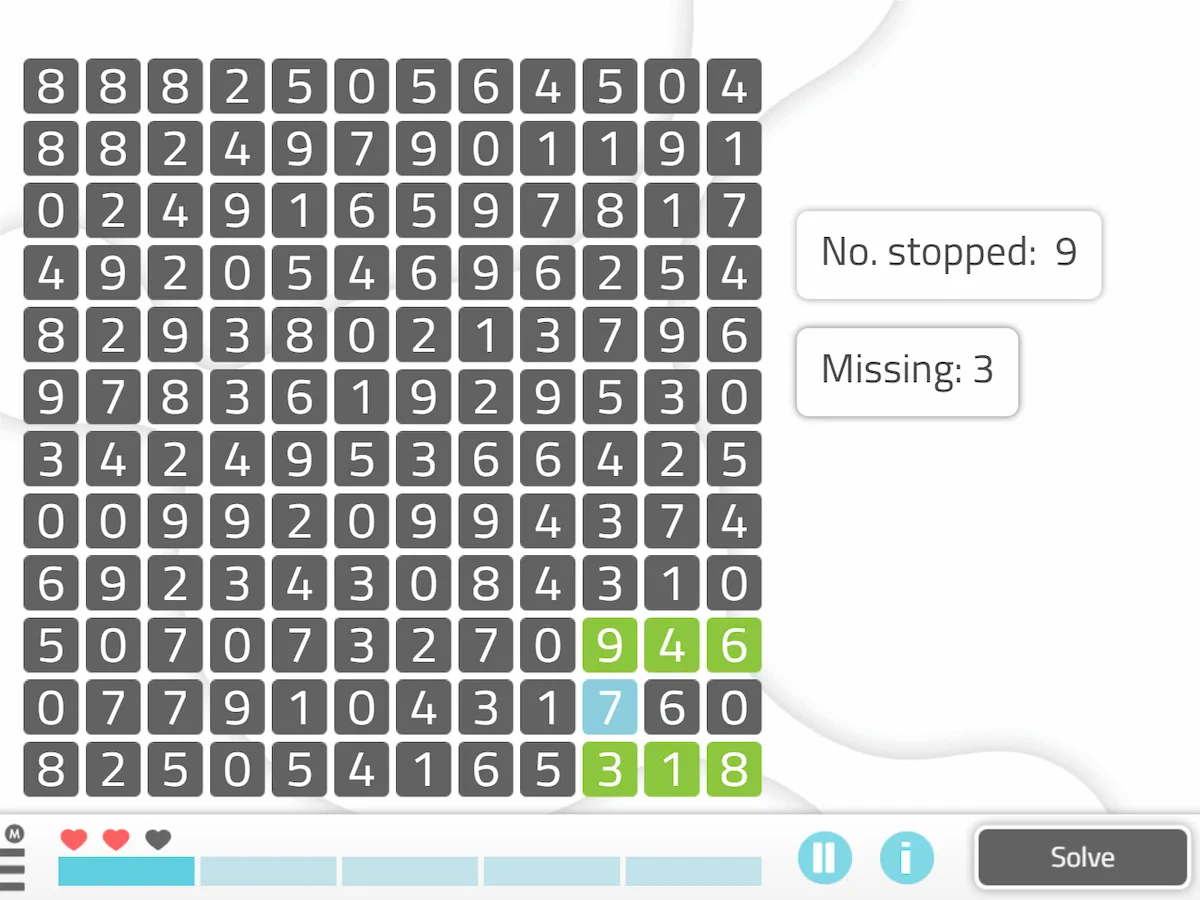
Bibliography
- Daroff RB, Jankovic J, Mazziotta JC, Pomeroy SK, eds. Bradley’sNeurology in clinical practice. 7th ed. Philadelphia, PA: Elsevier; 2016: chap 95.
- Alberca R, López-Pousa S . Alzheimer’s disease and other dementias. 4th ed. Madrid, Médica Panamericana; 2012: chap 13.
- NEURONUP. NEURONUP [website]. La Rioja: NEURONUP; 2012 [updated Nov 7, 2016; accessed Nov 7, 2016]. Available at: https://neuronup.com/es
- Ávila Álvarez A, Martínez Piédrola R, Matilla Mora R, Máximo Bocanegra M, Méndez Méndez B, Talavera Valberde MA et al. Framework for Occupational Therapy practice: Domain and Process. 2nd Edition [Translation]. www.terapia-ocupacional.com [Internet portal]. 2010 [10/20/2015]; [28p.]. Available at: http://www.terapia-ocupacional.com/aota2010esp.pdf. Translated from American Occupational Therapy Association (2008). Occupational therapy practice framework: Domain and process (2nd ed.).
If you found this article interesting, you might also like the following articles:
“This article has been translated. Link to the original article in Spanish:”
Intervención con NeuronUP en una persona mayor diagnosticada de demencia tipo Alzheimer
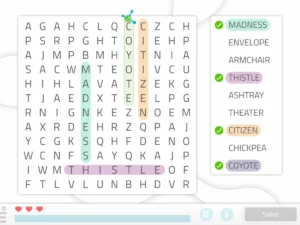

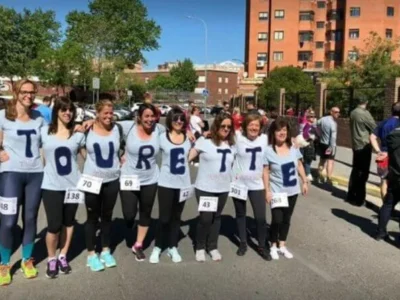




 NeuronUP slows cognitive decline in patients with Alzheimer’s disease
NeuronUP slows cognitive decline in patients with Alzheimer’s disease
Leave a Reply